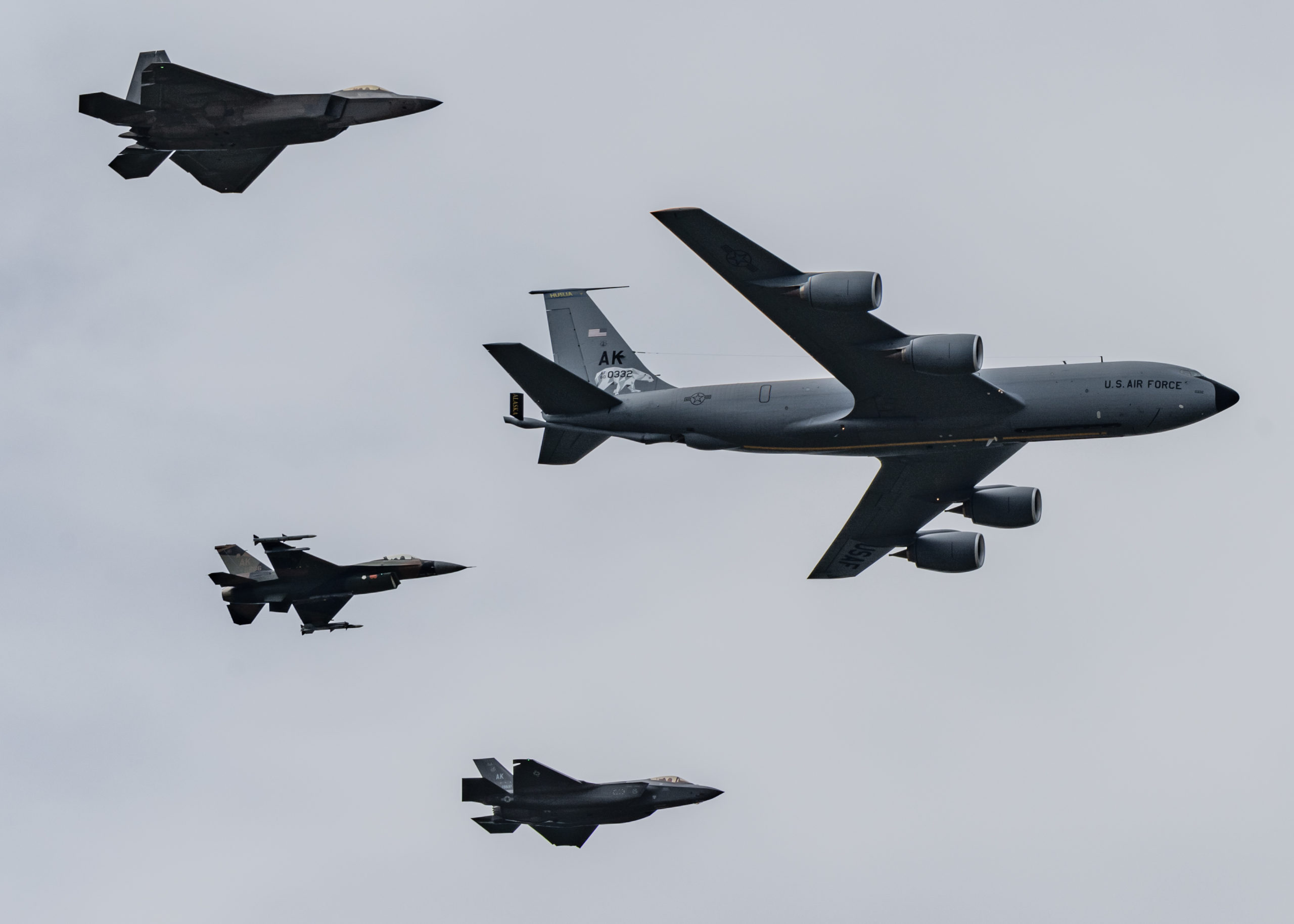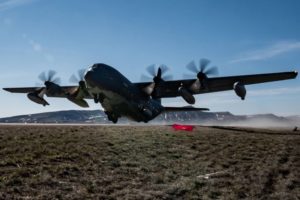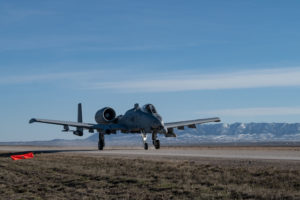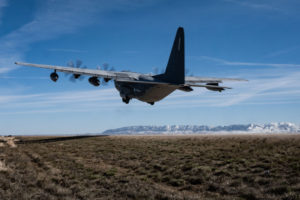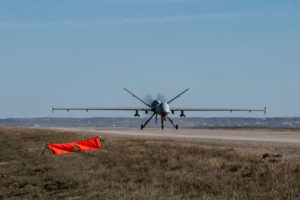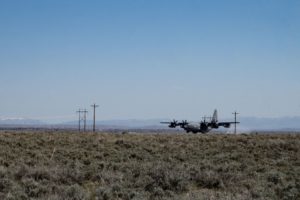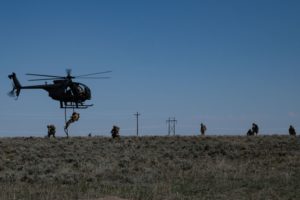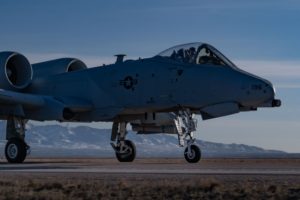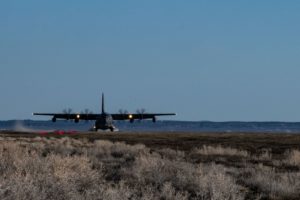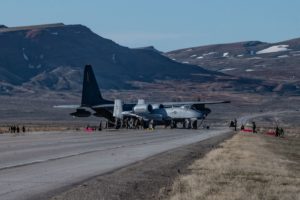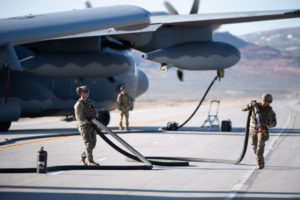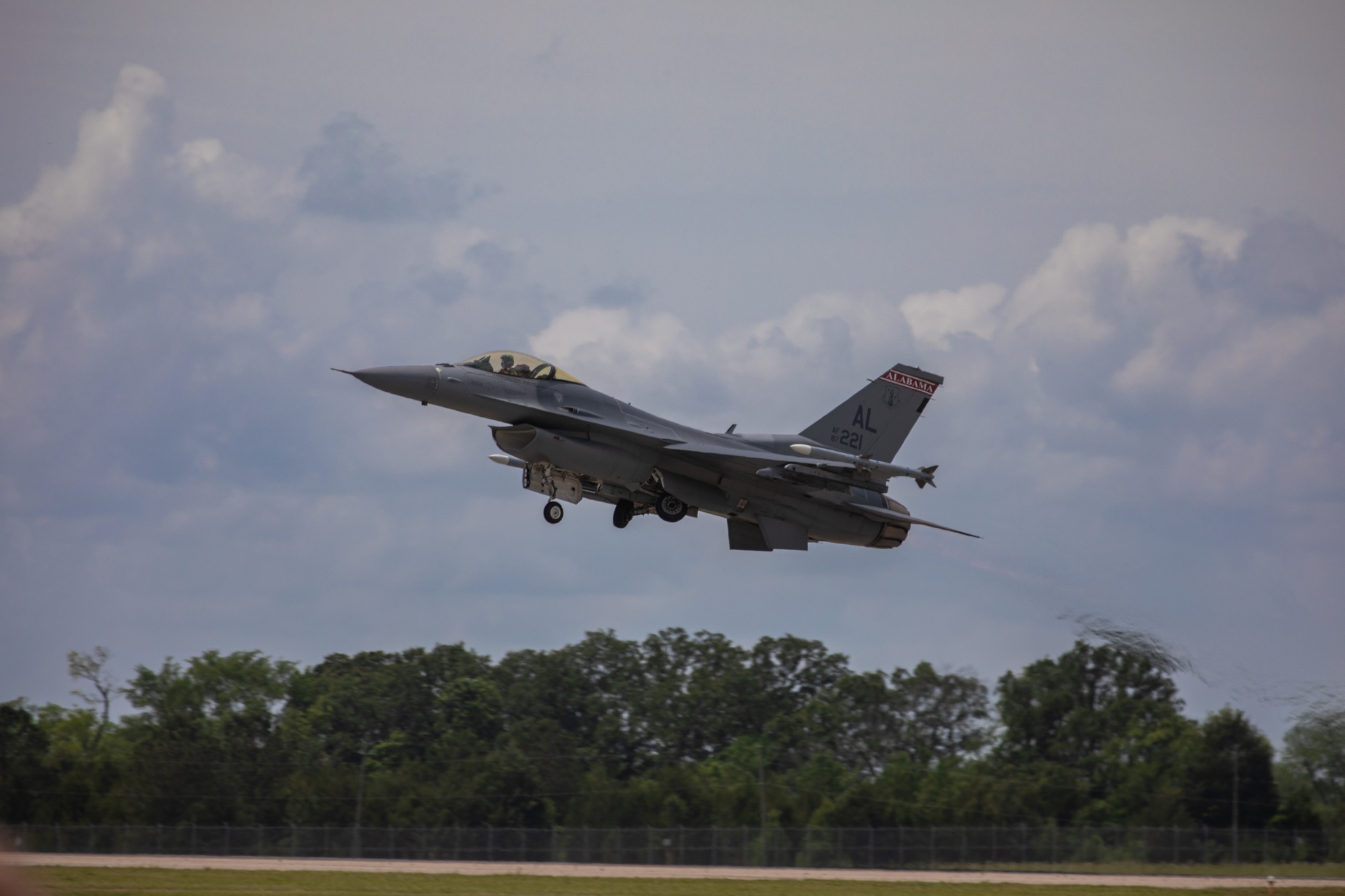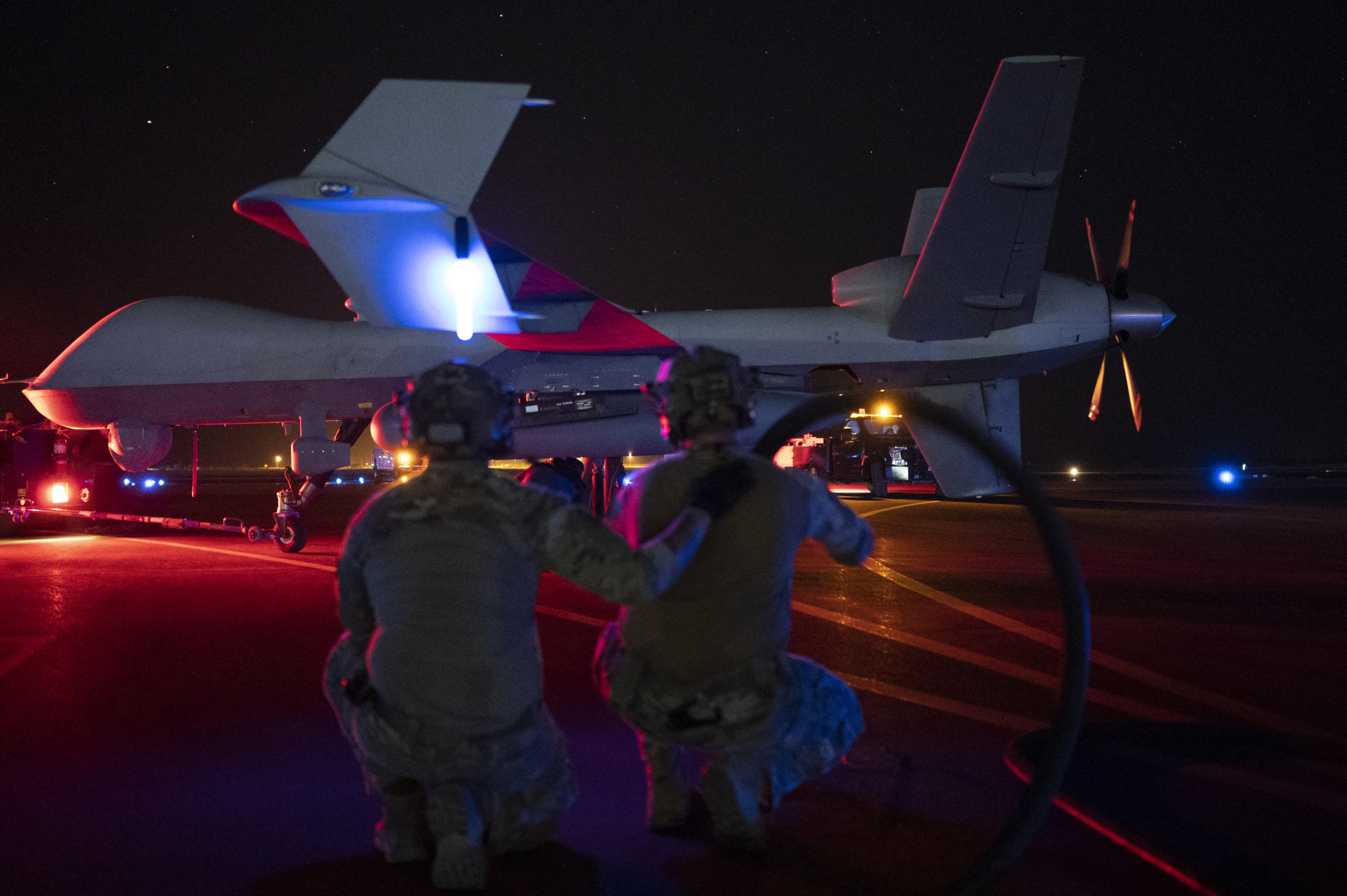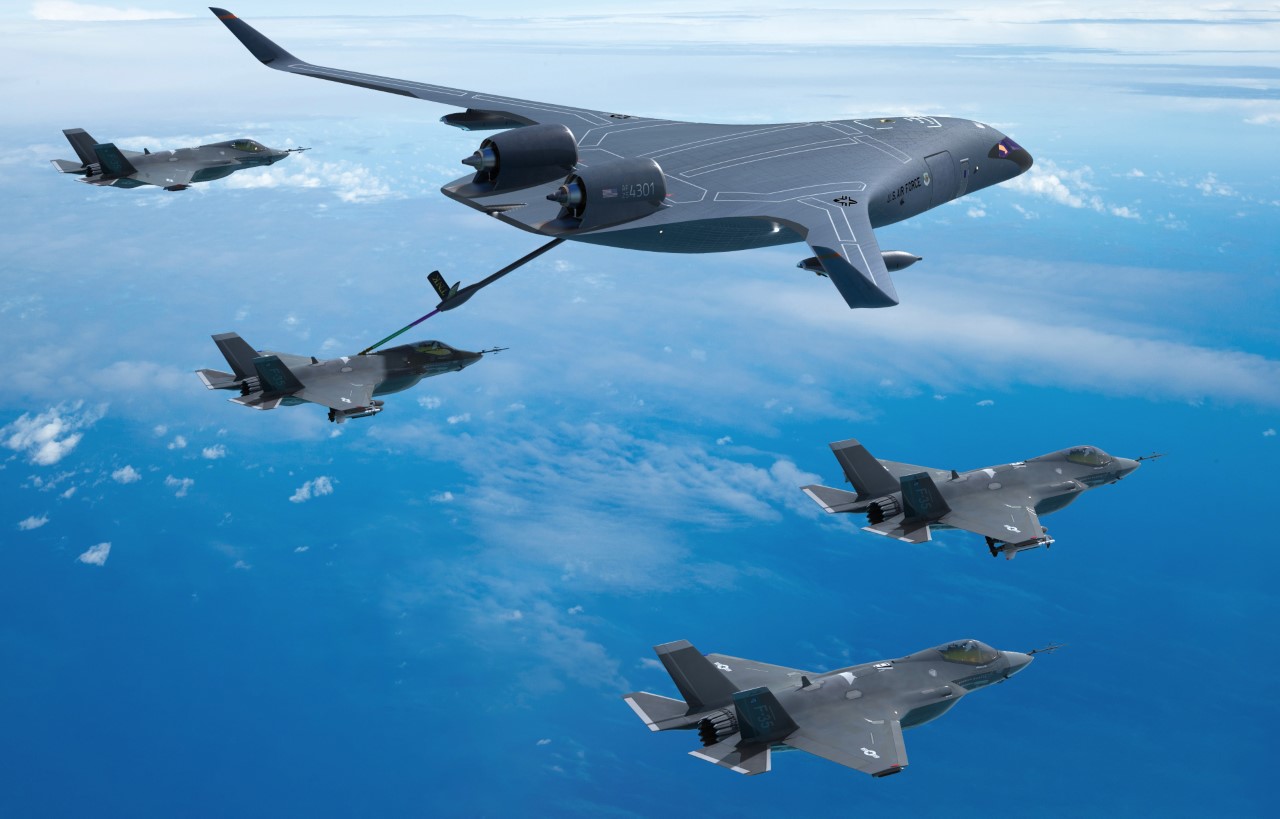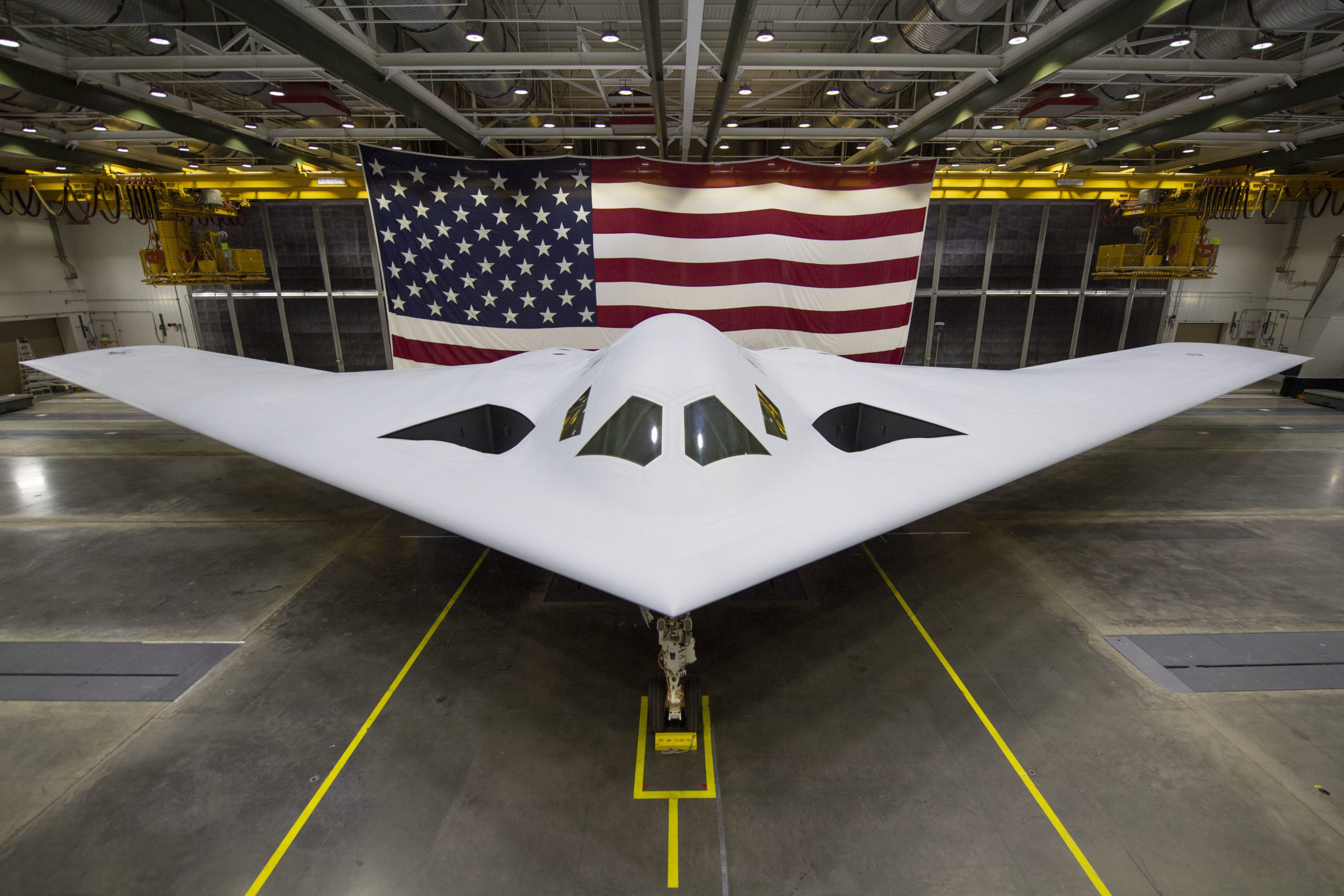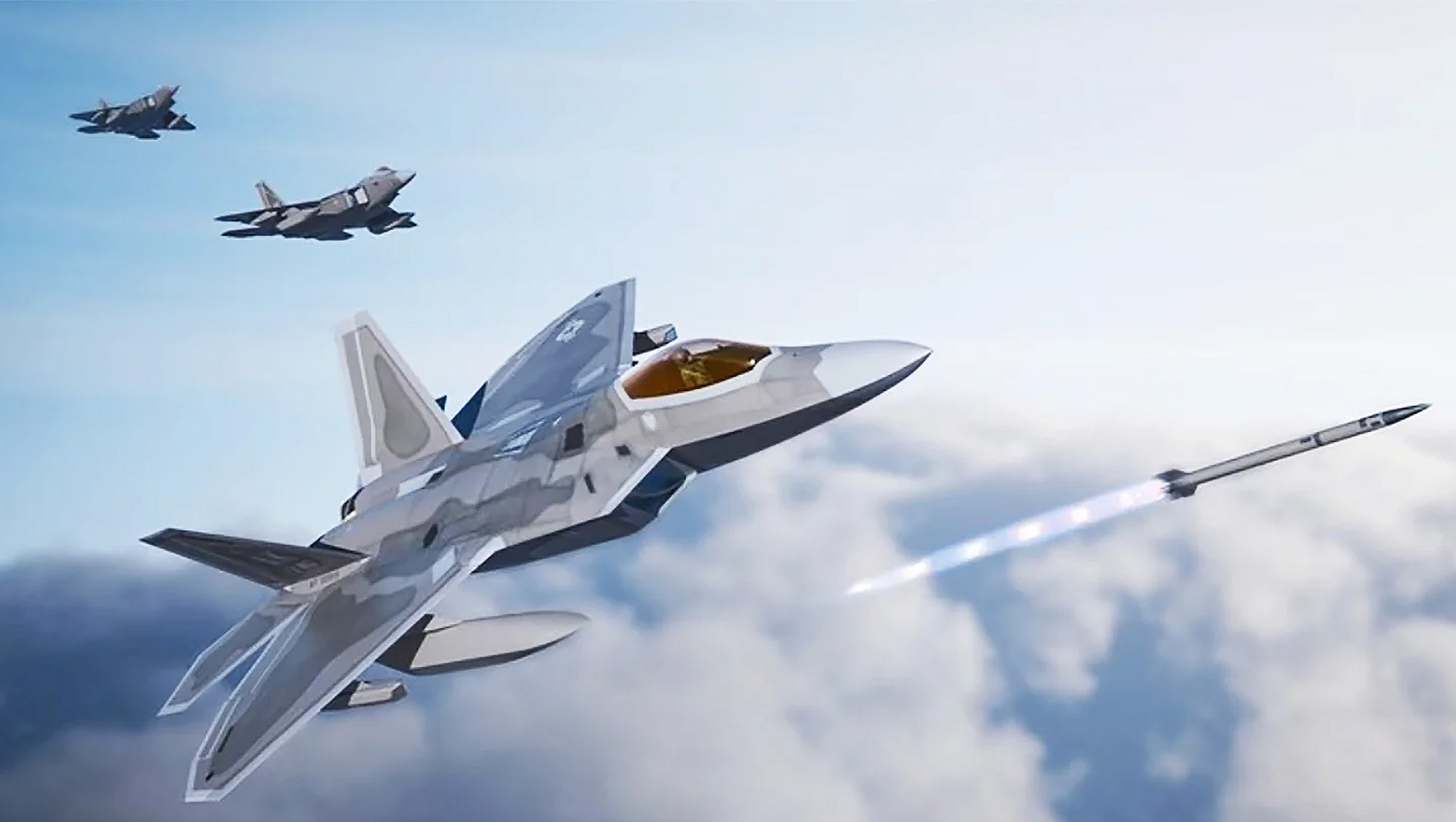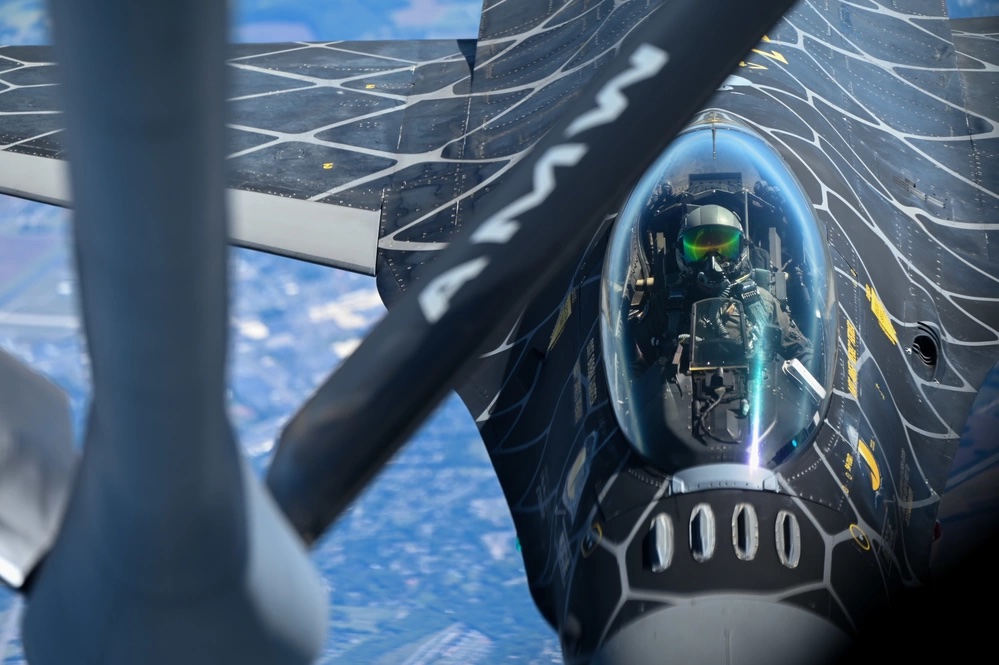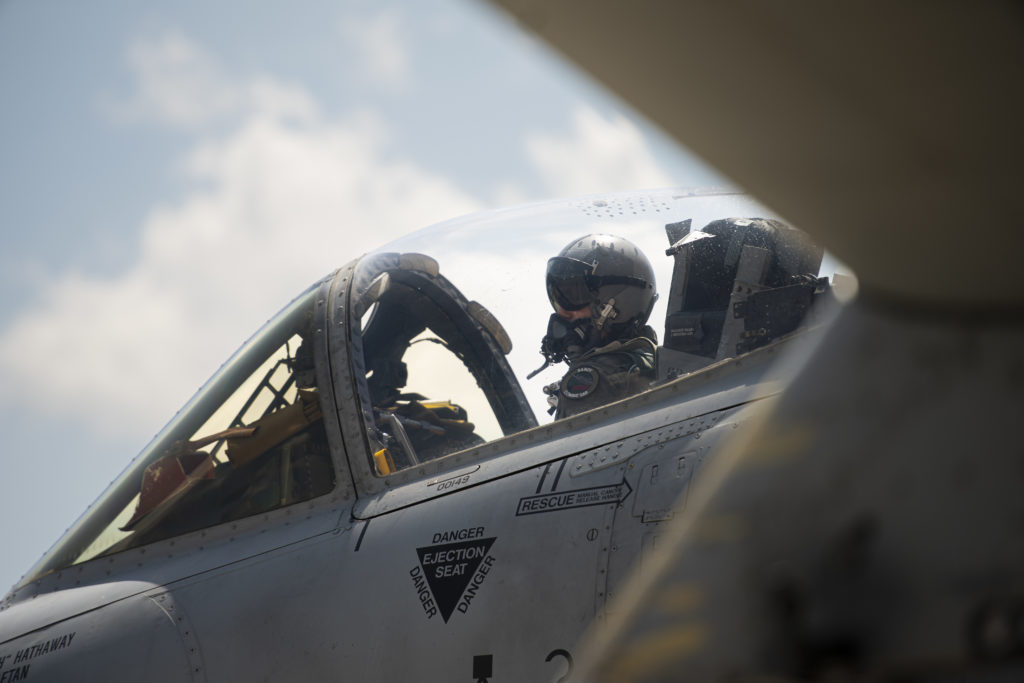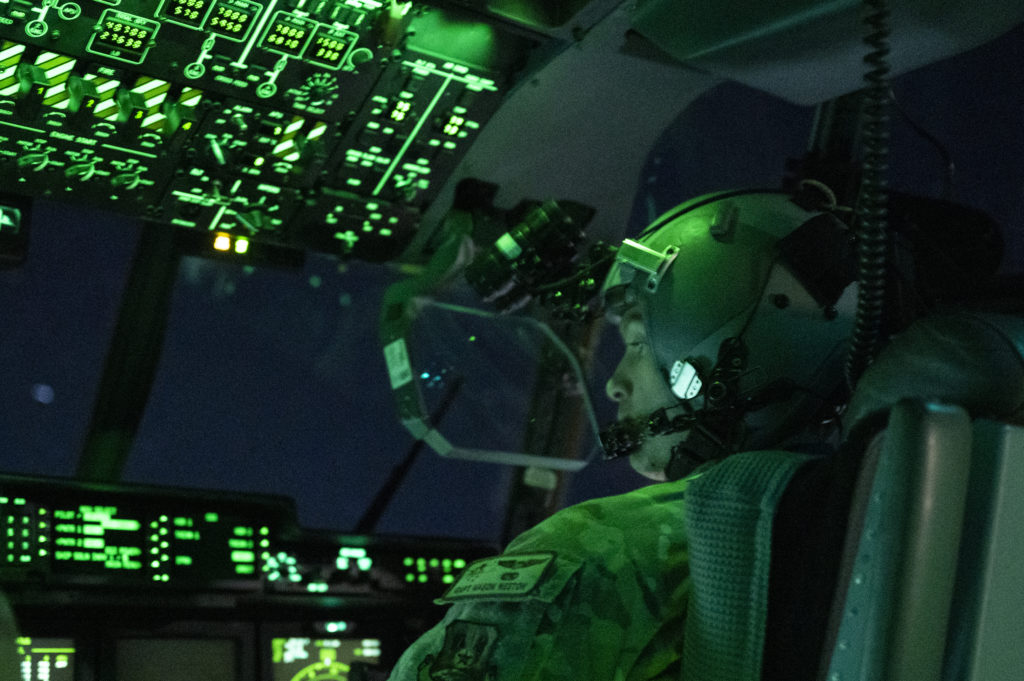China has structured its military to defeat the U.S. “kill chain”—the sequence of steps needed to spot and destroy particular targets—and the Air Force must now ensure its process is agile and resilient, largely by investing in new platforms and networks, an expert from the Mitchell Institute for Aerospace Studies argues in a new paper.
“Kill chain” is the shorthand term for the “find, fix, track, target, engage, and assess” (F2T2EA) process necessary to achieve desired battlefield effects. Since the 1991 Gulf War, China has been studying the Air Force’s effective use of the kill chain and working at ways to block or disable it, said Heather Penney, senior resident fellow at the Mitchell Institute and author of the new study.
China has developed “a warfighting strategy designed to counter our strengths and the way we do war,” Penney said in a May 3 discussion with reporters. Meanwhile, the U.S. has become accustomed to applying the kill chain either as an unchallenged superpower or fighting a counterinsurgency campaign against opponents who lack the technical capabilities to disrupt that process.
“What we’ve done for the past 30 years, and how the Air Force is equipped now, is not what we need for the future,” Penney said, warning that the service’s long-term kill chain advantage “is at risk.”
The Air Force uses a variety of sensors—terrestrial, airborne and space-based—as well as strike platforms, information networks, and even individual weapons to gather battlespace information. China has developed means to either jam networks or sensors, defeat weapons in the end stage of attack, and generally break the kill chain “at every step,” Penney said.
In response, the Air Force needs to increase the number of nodes in its kill chain, Penney wrote, while also broadening the scope of its kill chain enterprise to work over a much larger regional scale. The process must be executed with greater speed—to reduce the time in which an adversary can interfere—and it must be survivable—meaning it must keep its integrity and effectiveness even when some of the nodes are lost or blocked.
The Pentagon’s sweeping plan to connect sensors and shooters across the globe is Joint All-Domain Command and Control (JADC2), and the Air Force is pursuing several ideas to contribute to that plan. But it doesn’t yet “know how to do it” for the whole force, Penney said.
At the same time, the service’s fifth- and planned sixth-generation platforms, such as the F-22, F-35, B-21 and Next-Generation Air Dominance (NGAD) system, “can independently close kill chains” for targets they’re assigned to, while providing critical up-to-the-minute battlespace information for the rest of the force. They can do this because of their high stealth/survivability, exquisite sensing and communications capabilities, and speed, Penney said.
Consequently, Penney argues, the Air Force should invest heavily in these platforms until a mid-term future, when JADC2 matures and creates a reliable, resilient, and loss-tolerant network that less-sophisticated platforms and weapons can use to prosecute targets almost as well.
“This is ‘back to basics,” said Mark Gunzinger, the Mitchell Institute’s director of future aerospace concepts and capability assessments. Assuring the kill chain works is the “fundamental” step in building the Air Force’s future force structure, he said.
Penney offered both near-term and long-term recommendations for how the Air Force can preserve and enhance its kill chain superiority.
In the near-to-mid-term, the Air Force should:
- Accelerate procurement of the F-35 and B-21 and keep its F-22s and B-2s in the force, as these “consolidated kill nodes” can do most of the F2T2EA sequence on their own and there is a value in a quantity. “Numbers count,” Penney said. “A B-21 can’t be in more than one place at a time.”
- Aggressively invest in modernizing and improving the range and stealth of the fifth-generation F-35 and F-22 as a bridge to the sixth-gen NGAD. This will improve the survivability of the kill chain as well as its reach.
- Develop smaller but more advanced weapons in large numbers. This will increase the number of targets each highly-survivable platform can kill per sortie, and the weapons can also generate more battlespace information. Increasing the targets per sortie “can have a major, potentially decisive impact on the timing and outcome of a campaign,” she said. Gunzinger noted that recent U.S. strategy has been to prevent a “fait accompli” by an adversary, so speed of a campaign is crucial. Penney also noted that current weapons designed for the permissive environments of the last 30 years are “increasingly vulnerable to China’s advanced air and missile defenses.”
- Map out and connect the right sensors, platforms, and weapons in the kill chain. Penney noted that “not all sensors and shooters need to be connected,” and too much information being moved to the wrong places can tax bandwidth and decision-making speed. Fixing the inability of F-22s, F-35s and other fifth-gen platforms to share data with other kinds of aircraft will help, as “off-boarding information” will increase “the number of off-board kill chains they can support.”
- Develop advanced networks and invest in connectivity across the force.
In the mid-to-long term, the Air Force should:
- Develop automated tools to help air battle managers swiftly “identify, validate, evaluate, and construct” kill chains. Penney pushed for retaining and growing the cadre of human air battle managers, though, as they can choose to make “non-intuitive” decisions that will carry the day. Relying wholly on artificial intelligence to prioritize targets could make the Air Force predictable once the algorithm is understood by the adversary, she said.
- Accelerate the development and fielding of Collaborative Combat Aircraft, the uncrewed drones USAF has announced it will build to complement crewed platforms by carrying more weapons and multiplying the sensors in the battlespace. This will accelerate the speed of a campaign, expand the number of targets killed per sortie, and create “affordable mass.”
- Develop and launch a space-based sensing and data transport layer. Deployed in low-Earth orbit, a large number of sensing and communications satellites “will be essential to winning kill chain competitions.” This proliferated system “can dramatically boost the scale, scope, speed and survivability” of air-based kill chains, Penney said.
- Accelerate the development of NGAD “as an advanced multifunction node for highly contested battlespaces,” and procure the system quickly and in high numbers. The NGAD will “boost all elements of kill chain superiority,” Penney said, warning that too often, the Air Force invested heavily in developing leap-ahead technologies, only to buy the resulting system—like the F-22—in anemic quantities.
Penney said that adapting the U.S. kill chain to defeat China won’t be “easy or cheap,” but that USAF needs to be provided more resources for these capabilities that will enable the entire joint force. After 30 years of receiving a smaller share of the defense budget than the other services, the Air Force can’t be expected to develop these new capabilities out of hide, she said. Increasing F-35 production without more funds would have a “ripple effect” on the service, hurting fight-tonight readiness as well as the sinews of readiness such as depots and military construction.
“The past is littered with failed efforts and lost time on DOD programs that were descoped or even abandoned entirely due to a desire to reduce defense spending,” Penney said.
This has devastated the current force structure, which is “too small and too old” to meet the demands of the National Defense Strategy. Losing a war to a near-peer would “have devastating long-term consequences” for the U.S., its allies and partners, Penney said.
